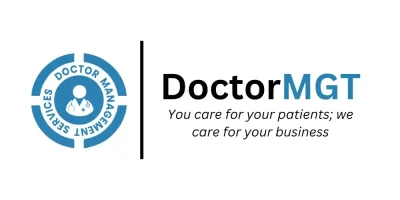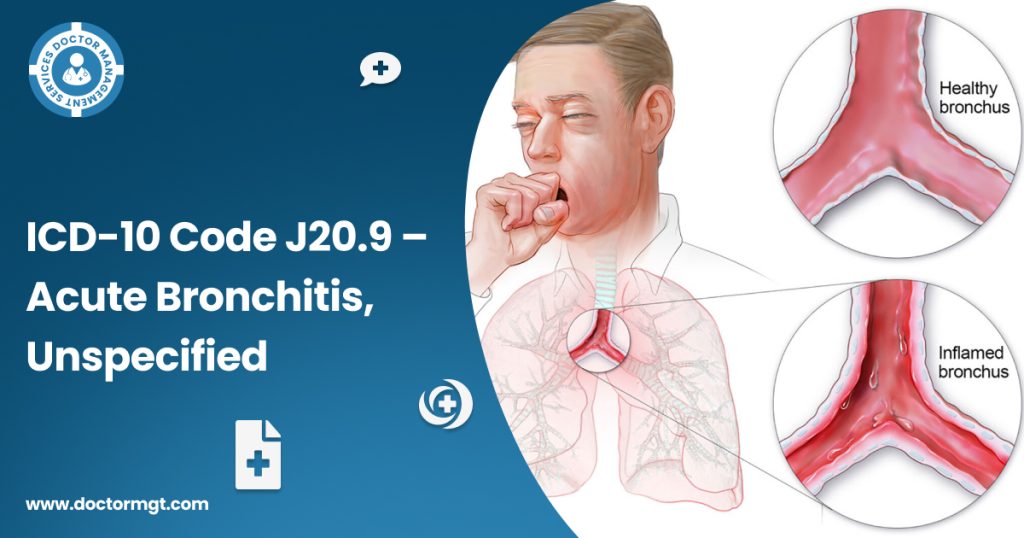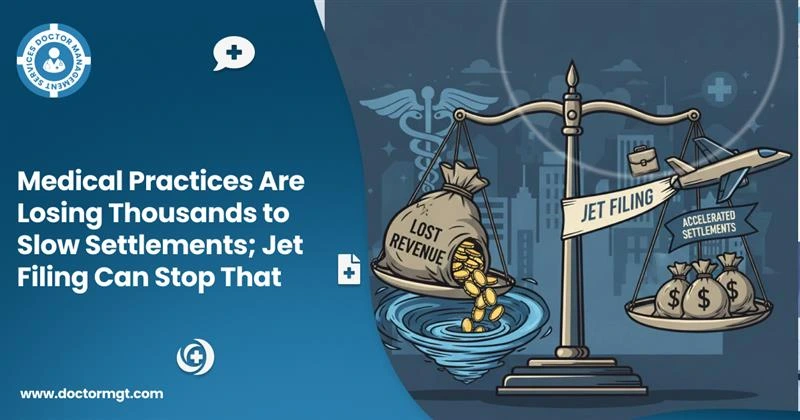If a patient walks in coughing and wheezing without any symptoms of pneumonia, you are probably looking at acute bronchitis. ICD-10 Code J20.9—Acute Bronchitis, Unspecified, is used in cases when no particular cause is found.
Although this is one of the most often used codes in outpatient environments, documentation and coding still demand accuracy, even if it seems simple. This precision becomes even more important when bundled or assorted operations call for services like the 99199 CPT code.
Let’s go over the information you need to use this code compliantly and with confidence.
What Is Acute Bronchitis (Unspecified)?
Usually starting with a viral infection, acute bronchitis is an inflammation of the bronchial passages. Generally, symptoms include:
- Mild fever
- Coughing constantly
- Chest pain
- Shortness of breath and
- Wheezing
Often, the infection passes in a few weeks without antibiotics being needed. From a billing and coding standpoint, however, the difficulty results from no underlying organism being verified. That is where J20.9 makes sense.
When you diagnose acute bronchitis, this code can be used, but it is not clear whether it is viral, bacterial, or resulting from another disorder, such as irritation sensitivity.
What Does ICD-10 Code J20.9 Mean?
J20.9 is assigned when acute bronchitis is diagnosed, but an organism is not identified. Although the particular culprit is unclear in many cases, or testing isn’t done as the condition is self-limiting, usually acute bronchitis results from a viral infection. Here, the word “unspecified” refers to this. It’s not a loophole; it just reflects the fact that not every cough has a lab-proven cause.
Still, that does not suggest the chart should be hazy. Making sure the diagnosis holds true for review depends on accurate recording of symptoms and clinical judgments.
ICD-10 Code Breakdown: J20.9
The code is written thus:
- J: Respiratory system diseases
- 20: Acute bronchitis
- .9: Unknown etiology
Correct use of the J20.9 guarantees cleaner claims and helps to simplify documentation. Still, avoid mistaking “unspecified” for “vague.” Even in cases when the cause is unknown, your record should nonetheless outline the symptoms, indicators, and diagnostic actions taken toward your conclusion.
Related ICD-10 Codes to Consider
Although ICD-10 Code J20.9 specifically covers acute bronchitis of an unknown cause, it rarely stands alone. Usually involving a mix of symptoms and suspected diseases without a confirmed diagnosis, a patient visits. In these situations, employing extra ICD-10 codes enhances your documentation and billing and provides a more complete picture of the patient’s health.
Along with the J20.9, these are some of the most pertinent codes you might want to include:
J00 – Acute Nasopharyngitis (Common Cold)
This code covers upper respiratory tract conditions, including a sore throat, runny nose, or congestion, free of bacterial infection. Since acute bronchitis usually follows a cold, J00 is usually listed when symptoms still show up throughout the exam.
J01.90 – Acute Sinusitis, Unspecified
A prolonged cough accompanied by sinus pressure, facial pain, or nasal discharge could cause one to worry about sinus involvement. When sinusitis is suspected but the particular sinus or causal organism cannot be found, J01.90 is fitting. It would clarify that several sections of the Upper respiratory tract are involved.
R05 – Cough
Among the most often used symptom codes here is this one: Use R05 if the predominant complaint is coughing; a solid diagnosis of bronchitis has not yet been established or confirmed. If the cough is especially severe or chronic and you wish to underline its presence as a separate clinical problem, it can also be put next to J20.9.
R50.9 – Fever, Unspecified
Many respiratory diseases cause fever as a typical complaint. R50.9 notes whether a patient shows an elevated temperature, but the source isn’t quite clear, or if it’s just part of a more general viral picture. Including it supports the utilization of labs, imaging, or observation during the visit.
Z20.828 – Contact with and Suspected Exposure to Other Viral Communicable Diseases
Though it relates to any suspected viral contact, this code has become increasingly well-known since the COVID-19 epidemic. Z20.828 provides background for testing or coding preventative steps if the patient has been around someone with a known respiratory virus (such as influenza, RSV, or even COVID) and you are considering the matter in your clinical judgment.
Common Mistakes in Coding Acute Bronchitis
Although some providers might consider “unspecified” a free pass, this could backfire. Payers want to know that sensible steps were taken to eliminate other possibilities. Following is some missteps to avoid:
· Applying J20.9 without recording physical results
· Not explaining clearly, the patient-reported symptoms
· Not noting whether a chest X-ray excluded pneumonia
Writing a clinical picture that supports the treatment and the claim is more important than merely selecting the closest match in coding.
Documentation Tips for Acute Bronchitis
Keep in mind, while considering the following, to reduce the risk of denials:
- Record the length and duration of the cough
- Note any auscultation results—that is, wheezing or rhonchi.
- Mention negative findings (no rales, no consolidation) to show pneumonia was ruled out
- Include temperature readings or fever patterns
- List any diagnostic tests ordered and their results.
Take care of comorbidities as well. For senior patients or those with persistent lung problems, a basic bout of bronchitis can rapidly aggravate conditions. Your notes should show that degree of awareness.
How Cardiology Practices Should View Respiratory Codes
Although J20.9 usually falls under general medicine, cardiologists occasionally run across it—especially if a patient’s cardiac symptoms resemble or disguise respiratory diseases.
Remember the crossover, even if you are providing cardiology billing solutions. For example, a patient with CHF may develop a cough and thus be referred to your clinic. Should testing rule out cardiac causes and identify bronchitis, J20.9 could be relevant.
Under these circumstances, your bill should show any pertinent tests done to rule out heart-related causes. Although bundled cardiac-rhythm monitoring and imaging fall under several CPT categories, it is still highly important to properly code them when combined with a respiratory diagnosis.
Avoiding Denials and Optimizing Reimbursement
Usually falling into one of three groups, denials for J20.9 consist of:
1. Insufficient documentation– Lack of sufficient data, excluding bacterial causes or pneumonia in particular.
2. Coding mismatch– Programming mismatch—using inappropriate bundling services or modifiers.
3. Medical necessity– Should the payer not find a reason for the visit or service provided,
To avoid these issues, it’s essential to:
- Even if the code is “unspecified,” be detailed in your charting; include pertinent vitals, test results, and follow-up plans.
- Stay current with payer-specific regulations and changes.
- Investing in software audits or outsourcing to experts versed in complex codes like J20.9 can pay off well.
J20.9 and California-Based Practices
Running or managing medical billing services California can help you understand how local payer requirements and state compliance standards add levels of complication. Particularly for Medi-Cal patients, California often has rigorous documentation requirements.
Although frequent, acute bronchitis should never be written off lightly. Using vague codes excessively in an area known for rigorous audits could harm the standing of your practice and influence rates of payment.
Make sure your paperwork templates are routinely evaluated to satisfy state and federal requirements and that your billing staff is routinely educated. This simple action can help prevent major financial problems later.







